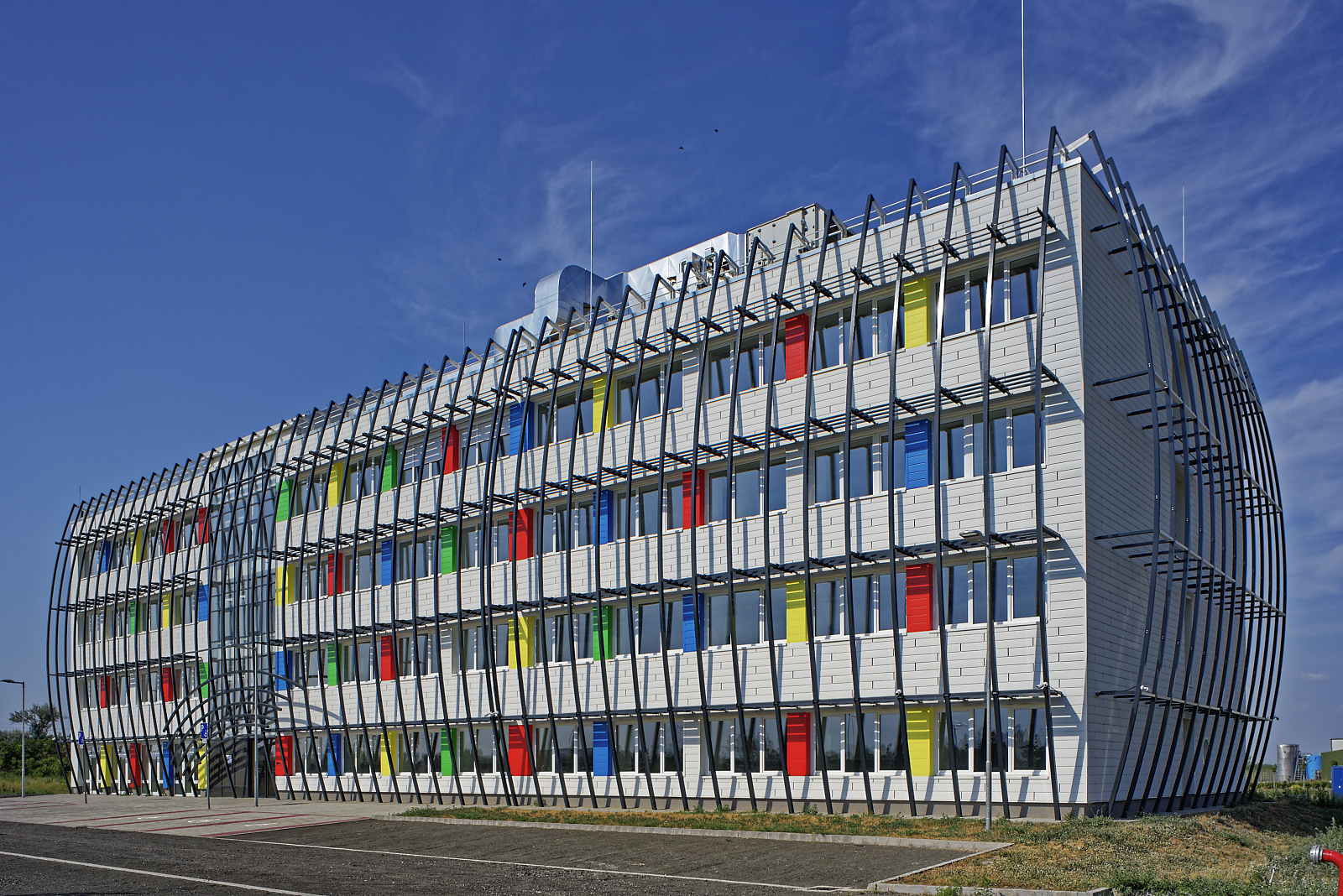HCEMM: an Institute on Medicine’s Most Important Frontier

Photot by Ground Picture / Shutterstock.com
All of us have some experience with aging; at the very least, we have all seen it happen to others. For more than three billion people, it is a little more personal: the first unwelcome effects of age often appear in our 30s. We know them well: problems of the body and the mind mount, and the risk of disease increases. But do we know anything about why this happens?
It was long held that the body simply and inevitably frays with time. Wear and tear, plain and simple; damage mounts, and “errors” accumulate, until, finally, something vital breaks down. But the simplicity of this explanation is deceptive and raises more questions than it answers.
If aging is just the slow grind of entropy, why does it affect people so differently? Why are some more resilient to some of its effects or vulnerable to others? While we are about it, how does this explain the vast differences between species? Humans, on average, can look forward to a little more than 70 years, rats live two years if they are lucky, while bowhead whales may even surpass an astounding 200 years of age.
Rats and whales, being mammals, are not even particularly distant from us in evolutionary terms. So, what is going on? Are bowhead whales made of sturdier stuff so it takes longer for them to fall victim to the ravages of time? Are rats thrown together too haphazardly to last? Not quite.
Increasingly, life expectancy, including that of humans, is understood as a biological trait, the result of the interplay between genetic and environmental factors, much in the same vein as height or body weight, for instance. It is the product of several different processes, the net result of compromises and tradeoffs during the long evolutionary history of our species. A complex phenomenon involving the genetic code, proteins, the self-regulation inside cells and communication between them.
At first glance, this might look even worse; instead of one problem, it presents a multitude. But this paradigm is, in truth, more hopeful: if aging were simply the general erosion of our components, little could be done about the health conditions it brings. However, as a complex phenomenon, it may be studied and understood as a combination of processes, so the many diseases that arise from it may also be understood and even treated.
Major Avenues of Research
In that spirit, research has increasingly been considering a variety of conditions that have been, in the past, clearly separated (various forms of dementia, cardiovascular disease, or cancer) as expressions of the same underlying problem: age-related disease. The mission of HCEMM fits into this paradigm; the institution seeks to tackle age-related disease with 25 groups spread out along four major avenues of research.
Seven groups aim to understand better the immune system and inflammation, the process by which the immune system recognizes and eliminates harmful or foreign stimuli. This involves complex cell-to-cell communication and is implicated in several health conditions, from autoimmune disorders like psoriasis to Alzheimer’s.
Nine research groups are looking into metabolic disorders, such as obesity and diabetes, which are closely linked to cardiovascular conditions, also in the focus of their study. Cardiovascular diseases such as stroke or heart failure currently dominate the mortality statistics in most of the world and often severely impact the quality of life.
Seven groups seek to unravel how the genetic code is regulated and repaired and how these processes are involved in cancer, which has already overtaken cardiovascular disease in terms of disease burden (mortality and morbidity combined). While cancer research has achieved significant breakthroughs in the past, cancer is a many-faceted disease: even a single type may differ greatly between patients in terms of applicable therapies. Advanced diagnostic tools are required to profile the specific instance of the disease and enable optimal treatment.
Finally, in response to the COVID-19 pandemic highlighting the well-known link between age and vulnerability to infectious disease, two research groups were established explicitly with contagious diseases in mind. One is developing early diagnostic tools for infection, while the other seeks to prevent bacterial pathogens from becoming resistant to antibiotic treatments.
Beyond developing new therapies, research groups work on new diagnostic approaches. As opposed to the oft-cited 10-15 years a new drug needs to get to patients from being identified as a candidate, new diagnostics often reach people in half that time. As early identification lets doctors use existing treatments much more effectively, diagnostics is the fastest way to deliver life-improving medical technology to the population.

What is HCEMM?
The Hungarian Center of Excellence for Molecular Medicine (HCEMM) is a distributed Institute, whose scientists develop advanced diagnostics and treatment options in support of healthy ageing. Currently, the HCEMM Program is funded by an H2020 Teaming Grant, where Semmelweis University, the University of Szeged and the Biological Research Centre in Szeged cooperate with their advanced partner EMBL (with headquarters in Heidelberg). The support of the Hungarian government is also essential for the operation of the HCEMM, primarily through the Thematic Excellence Programme and the National Laboratories Programme. HCEMM works at the interface of academic and industrial research on topics related to Translational Medicine. The goal is to improve the quality of life for an ageing Hungarian population, while at the same time lowering the cost of health care provision through novel applications in the field of Molecular Medicine. The coordination of the various activities is managed by HCEMM Nonprofit Kft., with headquarters in Szeged, Hungary.


This article was first published in the Budapest Business Journal print issue of September 22, 2023.
SUPPORT THE BUDAPEST BUSINESS JOURNAL
Producing journalism that is worthy of the name is a costly business. For 27 years, the publishers, editors and reporters of the Budapest Business Journal have striven to bring you business news that works, information that you can trust, that is factual, accurate and presented without fear or favor.
Newspaper organizations across the globe have struggled to find a business model that allows them to continue to excel, without compromising their ability to perform. Most recently, some have experimented with the idea of involving their most important stakeholders, their readers.
We would like to offer that same opportunity to our readers. We would like to invite you to help us deliver the quality business journalism you require. Hit our Support the BBJ button and you can choose the how much and how often you send us your contributions.











